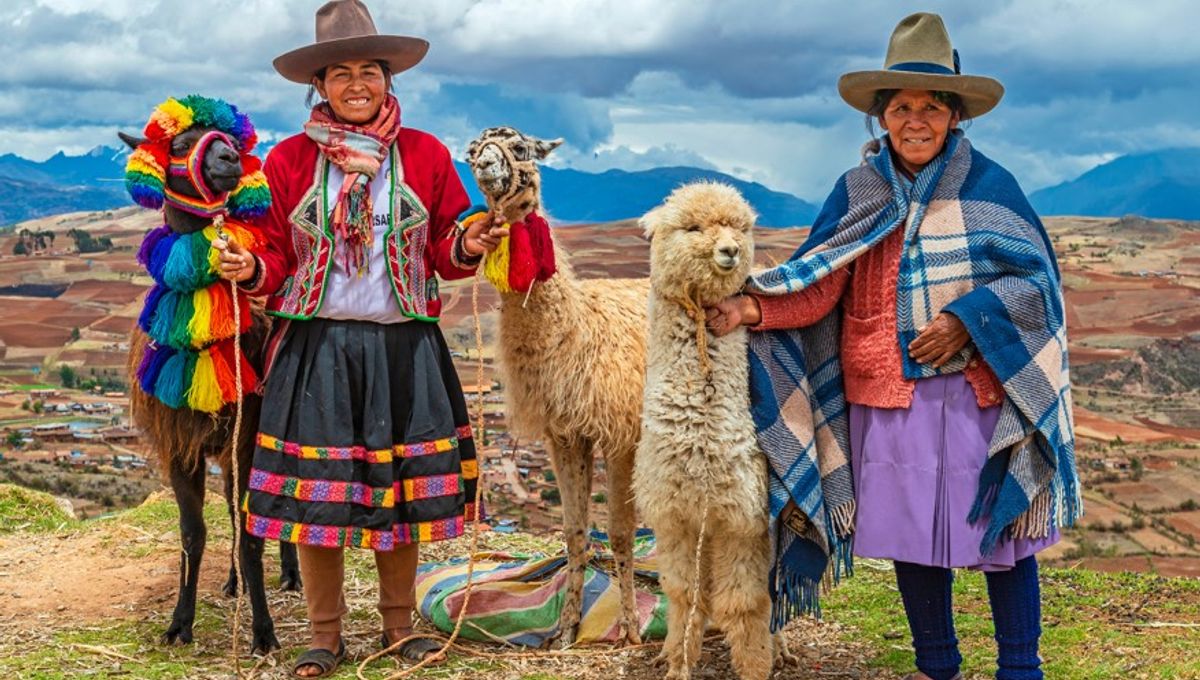
A new study into the traditional medicine of Indigenous communities within the Incan heartland has revealed the plants that make up the unwritten pharmacopeia of this ancient Andean culture. After interviewing dozens of Quechua-speaking individuals in the mountains of Peru, researchers were able to identify 46 species of medicinal plants that are used to treat everything from diarrhea to the common cold.
To some, the idea of using nature as a pharmacy may seem archaic and unsophisticated – yet, as the study authors point out, traditional ethnobotany provides essential clues as to the biological impact of certain plants and often leads to the discovery of new drugs. “This knowledge is rooted in accumulated practical knowledge and experiences over time by many ancient civilizations,” they write in their manuscript, which at the time of writing is still undergoing peer review.
Providing a concrete example, the researchers explain that a cure for malaria was developed from the compound artemisinin, which occurs naturally in sweet wormwood – a plant that features in traditional Chinese herbal medicine. “This discovery earned Youyou Tu from the Republic of China the Nobel Prize in Medicine in 2015,” note the authors.
Worldwide, some 80,000 different species of flowering plant are used medicinally by an array of human cultures, and aligning this traditional knowledge with Western science is likely to yield further medical breakthroughs. To that end, the study authors traveled to the Peruvian district of Incahuasi, which translates to “House of the Inca” and takes its name from an ancient Indigenous city high in the Andes.
To collect their data, the researchers interviewed 32 locals, all of whom relied on traditional herbal remedies as their first line of medical treatment. Four of the participants were herbal healers themselves, including one midwife.
Of the 46 plants identified during the study, almost a third were from the daisy family, including several types of aster that have been shown to have anti-inflammatory properties “due to the presence of ethyl acetate and hexane fractions.” Within the local medical tradition, these particular plants are typically used to treat colds.
Overall, 80 percent of plants from the daisy family were identified as remedies for infections, including those that cause earaches, stomach pains, and bronchitis.
A further 15 percent of species came from the mint family, with the most common being a type of sage known locally as “cutiquero”. This particular species is used to treat a wide range of ailments, including “influenza, common cold, diarrhea, headache, stomach pain, knee pain, and bleeding during childbirth.” Another condition known simply as “bad air” which is “related to cold or sudden temperature changes” can also be soothed with this plant, according to the residents of Incahuasi.
In total, around a quarter of the plants identified by participants are used to treat viral infections, while 5.8 percent are utilized to prevent complications during childbirth, and a further four percent help to alleviate altitude sickness.
The study has been posted on the open publishing platform F1000Research.
Source Link: These Are The Plants That Traditional Incan Communities Use For Medicine